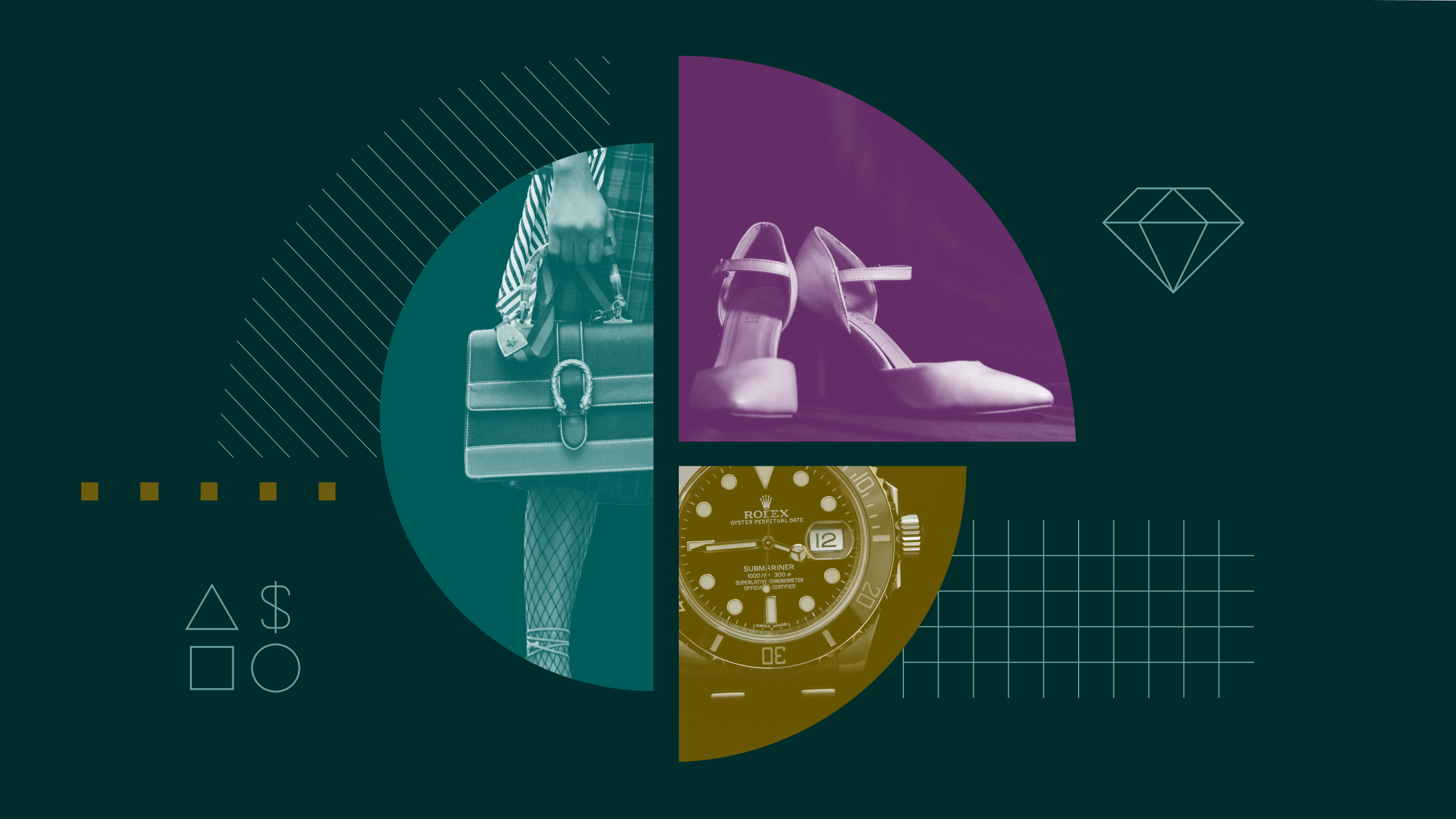Rolle im Portfolio
The iShares Listed Private Equity UCITS ETF provides exposure to the largest and most liquid publicly listed private-equity companies from North America, Europe, and Asia-Pacific.
Because of the volatile nature of private equity as an asset class, this exchange-traded fund is most suitably deployed as a satellite holding within an already diversified portfolio.
This ETF offers diversified exposure to an illiquid asset class that was once the preserve of institutional investors. The appeal of private equity lies in its liquidity premiums, high expected returns, and in its potential as a diversifier within a wider portfolio. However, investors looking at this ETF should be aware that when investing in LPE companies, a portion of these benefits disappears. As market access increases, the liquidity premium, and hence the returns, are reduced accordingly. Additionally, as soon as they are listed on a stock exchange, investments in private-equity companies assume additional market risk, which sees the correlation between their valuations and those of the wider stock market increase.
Investors may also be attracted to this ETF because it has produced relatively strong, stable dividends.
Fundamentale Analyse
Over recent years, as yields have shrivelled across traditional asset classes, investors have turned to alternative investments such as private equity in their hunt for enhanced returns.
As their name suggests, private-equity firms deal in the equity and debt of companies not listed on public exchanges. Broadly speaking, private equity covers four distinct types of fund, each with their own risk and return profiles.
Perhaps the best-known fund type is venture capital. These funds provide equity finance and often operational support to startup companies which don’t have access to traditional lending channels. Then there are leveraged buyout funds, which specialise in using leverage to purchase a company. Mezzanine funds provide financing to companies through a mixture of debt and equity, and finally, distressed debt funds specialise in providing financing for established companies that have fallen on hard times.
Due to its prohibitively high capital investment requirements and specific knowledge requirements, private equity has historically been available only to large institutions. The listing of private-equity funds on public exchanges has allowed the participation of smaller investors. Although LPEs are listed on an exchange and are relatively liquid, the underlying companies (that is, those invested in by the private-equity firms) are not. This theoretically allows investors to access the liquidity premiums and diversity benefits associated with the asset class. In practise, like other listed vehicles such as REITs, these asset class benefits are eroded when market access increases.
Private-equity funds tend to target aggressive returns to compensate investors for the significant risks borne. Gearing, especially in LBO funds where it is normal to borrow up to 60% of the purchase price of a company, is commonplace within the industry, which exaggerates both profits and losses. Due to the difficulties surrounding the valuation of equity stakes, LPE shares often trade at significant premiums or discounts to their net asset values, which further increases volatility.
Research has shown that the dispersion of returns between top- and bottom-performing private-equity managers is comparatively wide, implying that superior manager selection is the key to stellar performance, and that in aggregate, returns for the asset class struggle to compensate investors for the risks assumed. This can be observed in the returns of the reference index, which has struggled to outperform the MSCI World Index since inception in 2007.
In sum, the benefits attributed to private equity as an asset class--namely liquidity premiums, outsized returns, and the potential to diversify a portfolio--are diluted when funds are publically listed and returns aggregated. This said, private-equity investments tend to have medium-to-long term payoff profiles (this is especially true of LPE where fund lifetimes are not restricted) and accordingly some may still favour an investment over the long term. Those investing in the sector may think that the current environment of historically low interest rates (ideal for raising funds), low yields (attracting new investors into the space), and increasingly accommodative IPO markets bodes well for future returns.
Indexkonstruktion
The S&P Listed Private Equity Net Return Index is a free-float market capitalisation-weighted index offering exposure to liquid private-equity stocks from North America, Europe, and Asia-Pacific. Only companies which engage primarily in private-equity activities and are publicly listed in a developed market are eligible for inclusion. Additionally, stocks must have a total market capitalization above USD 150 million, have traded more than 10,000 shares a day over the previous 12-month period, and have had a three-month average daily trading value above USD 500,000 as of each rebalancing. The index is reviewed and rebalanced semiannually in March and September. The index caps individual stocks at 7.5% at the time of each rebalancing, and has approximately 60 constituents. The index exhibits a strong bias towards the U.S. (~50%), with Canada (~13) and the UK (~13%) the second and third most represented countries in the index. At the time of writing, the largest single company exposure is ICS Insurance, with a ~10% weighting, followed by Partners Group (~8%) and Brookfield Asset Management (~7%).
Fondskonstruktion
The ETF uses an optimised sampling technique to try to capture the performance of the S&P Listed Private Equity Net Return Index. This involves owning a physical basket of securities designed to match the characteristics of the underlying index but not necessarily the exact stocks in the exact weights. The fund also uses Contracts For Difference to achieve its aims. CFDs are a type of derivative which allows participation in the price movement of a stock without the need for ownership and can provide efficient access to thinly traded equity. The fund currently uses CFDs to gain exposure to the Blackstone Group, Carlyle Group, Fortress Investment, Compass Diversified, KKR, Alternative Assets, and Apollo Global Management. The ETF equitises the dividends received from its underlying holdings through the purchase of futures. This cash management technique helps to mitigate tracking error. To help further improve tracking performance, the fund engages in securities lending and can lend up to 100% of its assets to improve performance. In the 12 months through the end of Sept 2015, an average of 13.26% of the portfolio was out on loan. The lending programme added 0.13% of net return to the fund. BlackRock, iShares’ parent company and lending agent, keeps 37.5% of gross securities lending revenue for itself, out of which amount it will pay the associated costs of the activity, and passes 62.5% of the revenue to the fund. To protect the fund from a borrower’s default, BlackRock takes collateral greater than the loan value. Collateral levels vary from 102.5% to 112% of the value of the securities on loan, depending on the assets provided by the borrower as collateral. Additionally, BlackRock provides borrower default indemnification. Specifically, the firm commits to replace the securities that a borrower would fail to return. The indemnification agreement is subject to changes, and in some cases without notice.
Gebühren
The fund levies a total expense ratio of 0.75%, which is comparable with offerings from rival providers. There are also rebalancing costs whenever the index changes composition. Revenue from securities lending help offset part of the total holding costs. It should be remembered that there are additional, investor-specific costs associated with trading the ETF, such as bid/offer spreads and brokerage commissions, which should be factored into an investment decision.
Alternativen
Investors seeking a more targeted exposure to private equity may consider the Lyxor PRIVEX UCITS ETF. This swap-based fund tracks the 25 largest LPE funds globally and charges a slightly lower TER of 0.70%.
Alternatively, investors can turn to the physically replicated PowerShares Global Listed Private Equity UCITS ETF (TER of 0.75%). This fund tracks the Red Rocks Capital Global Listed Private Equity Index which adjusts market-cap weightings to account for the ‘purity’ of a PE firms (that is companies with lines of business outside of private equity receive a lower weighting than those that focus only on private-equity investment).

















